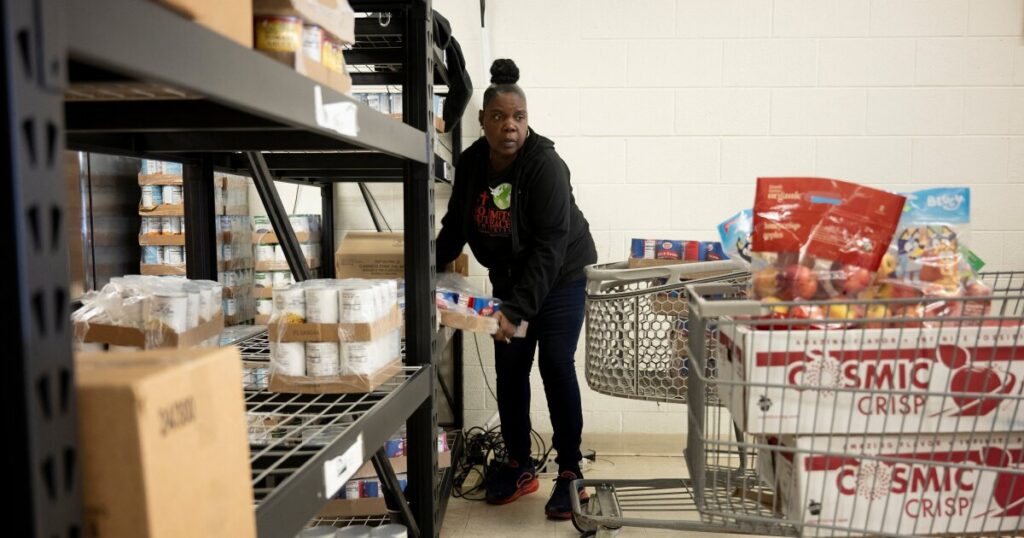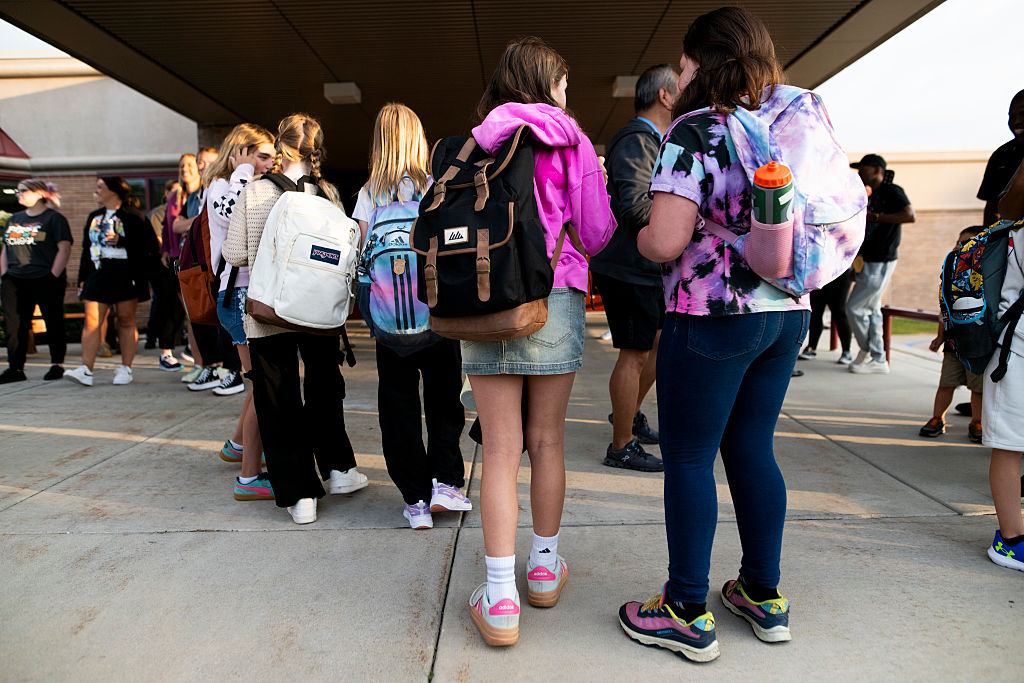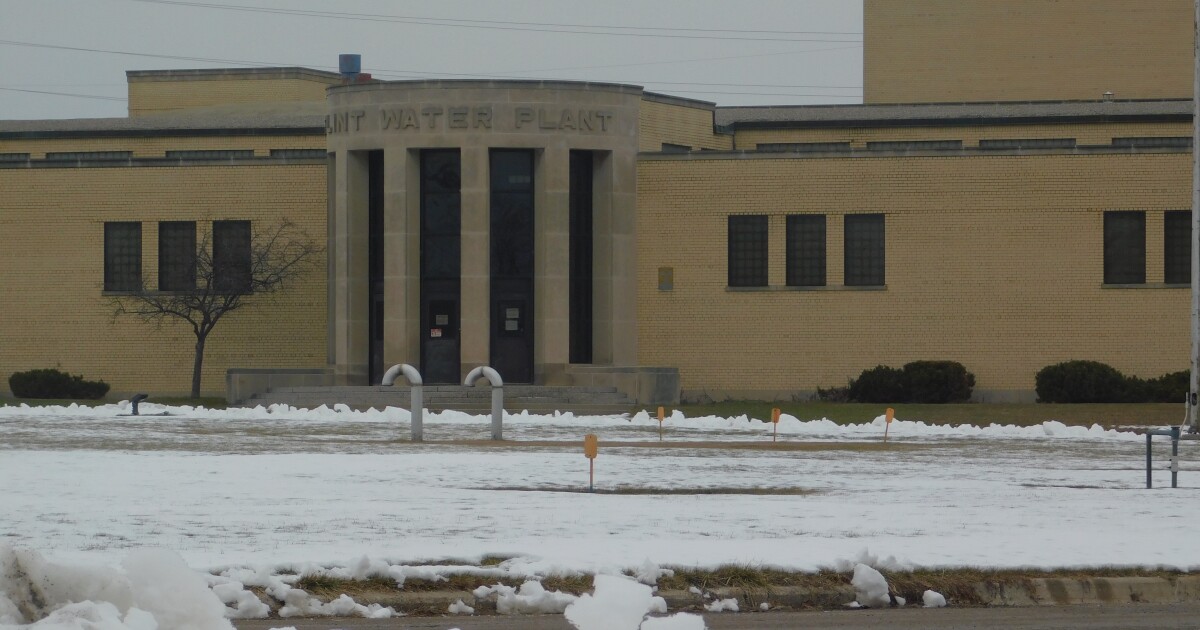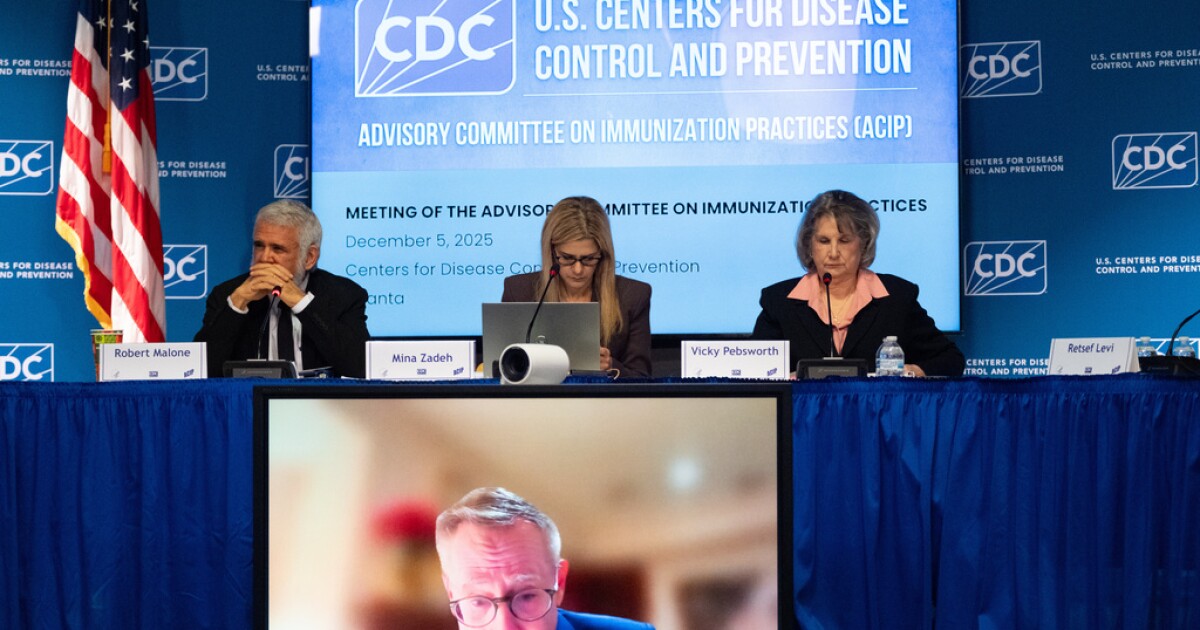Updated October 22, 2025 at 3:25 PM EDT
Federal Shutdown Standoff: No Resolution in Sight as Impact Widens
As the federal government shutdown stretches into its 22nd day, the stalemate between Republicans and Democrats shows no signs of abating. With the prospect of missed paychecks looming for many federal employees, tensions continue to mount.
This Friday marks the first full missed paycheck for numerous federal workers due to the ongoing shutdown. Although there is a legal requirement for back pay once the shutdown concludes, the White House has expressed uncertainty about this.
President Trump has linked the shutdown to his broader agenda of reducing government size, including mass layoffs targeting what he terms “Democrat programs.” These reductions have prompted legal challenges from some affected federal workers. Read more on the latest legal developments.
Cause of the Shutdown
The current shutdown is rooted in a partisan debate over the extension of subsidies for the Affordable Care Act (ACA) marketplaces. Approximately 24 million people rely on these marketplaces for health insurance.
While some Republicans have accused Democrats of wanting to fund healthcare for undocumented immigrants, this claim is disputed. Democrats in the Senate have blocked a Republican funding bill lacking health care tax credits extensions and are also seeking to overturn prior cuts to health programs.
November 1 is seen as a potential turning point, coinciding with open enrollment for ACA coverage, which could pressure lawmakers as states begin notifying users of unsubsidized coverage costs. Notably, Vermont families face potential increases of $25,000, as noted by Sen. Peter Welch, D-Vt.
Military and Federal Workforce Concerns
Active military members have been paid through unused research funds, but this only covered one pay cycle. Military families are seeking aid from food banks due to financial strain.
Amidst the shutdown, the Trump administration is proceeding with efforts to lay off about 4,000 federal workers. A court has temporarily blocked some layoffs affecting unionized employees. Read more about the legal case and implications for federal employees.
Impact on Social Programs
The shutdown threatens food aid, with nearly 42 million SNAP recipients facing potential loss of benefits after November 1. WIC funding has been temporarily extended using tariff revenue, but additional funds are needed to continue the program into November.
School lunch programs may soon face reimbursement challenges, though there’s bipartisan support to ensure children continue receiving meals. Some states have yet to receive federal contingency funds for October meals.
Postal Service Remains Operational
The U.S. Postal Service will continue normal operations during the shutdown, as it is self-funded. Read the USPS statement.
IRS and National Security Impact
Approximately half of the IRS workforce remains active, with some employees facing layoffs. The National Nuclear Security Administration has furloughed 1,400 employees, impacting national security operations.
Education Department and Social Security Issues
The Department of Education faces significant staff furloughs, affecting offices like the Office for Civil Rights. Some furloughed employees received partisan messages blaming Democrats for the shutdown.
Social Security benefits continue, but field offices face service disruptions, impacting benefit verification letters crucial for aid programs.
Immigration and Law Enforcement Operations
Immigration enforcement largely proceeds, but oversight of detention centers is stalled. DHS law enforcement officers, including ICE agents, will receive back pay through a “super check.” The U.S. Coast Guard will also continue its operations.
Impact on Air Travel and State-Specific Effects
Air traffic control and TSA workers remain active, but staffing shortages have led to flight disruptions. The shutdown’s impact varies across states, affecting everything from park operations to food assistance availability.
For detailed state-specific impacts, explore further resources from local media outlets.
—
Read More Michigan News










